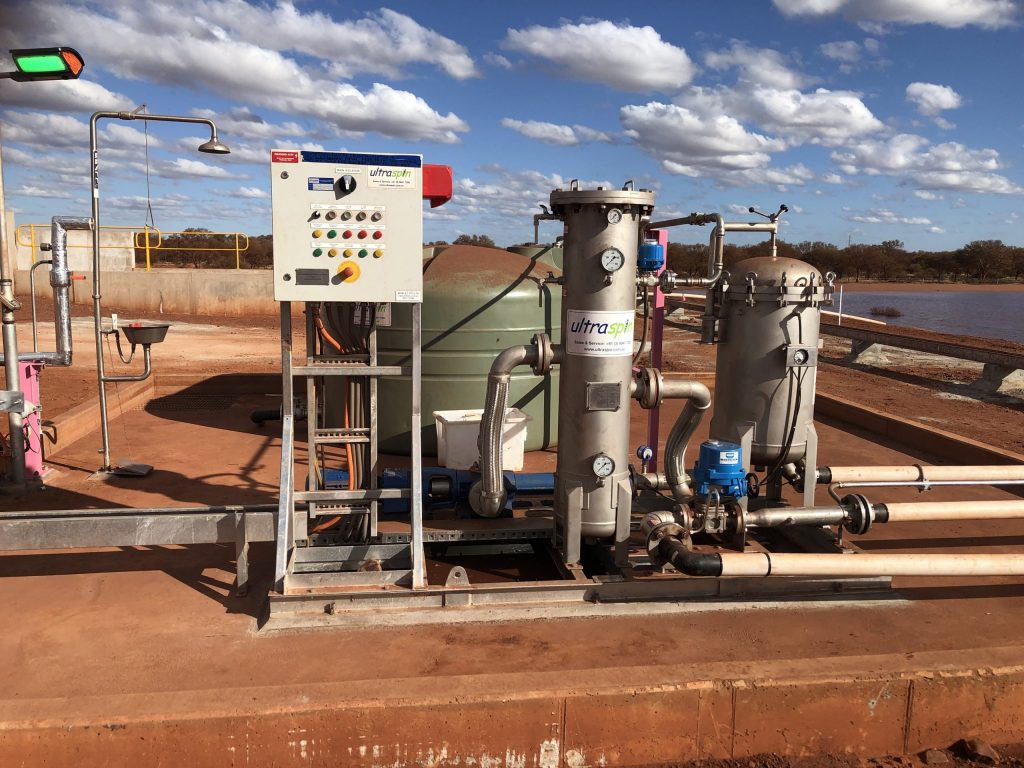In today’s industrial landscape, the efficient separation of water and oil is a critical concern. The coexistence of these two substances often leads to environmental contamination, posing risks to ecosystems and human health. However, advancements in water and oil separator technologies are emerging as a bridge between industry and ecology, offering solutions to mitigate these concerns.
The Challenges of Water and Oil Mixing – Water and oil are fundamental components of various industrial processes, from manufacturing to energy production. Unfortunately, their co-mingling is a common occurrence, and this mixture can have severe consequences. When oil pollutants find their way into water bodies, such as rivers, lakes, or oceans, they disrupt aquatic ecosystems, harm wildlife, and compromise the quality of drinking water. Moreover, the release of oil-contaminated water can lead to legal repercussions, fines, and damage to a company’s reputation.
The Need for Effective Separation Technologies – To address these challenges, the development of effective water and oil separation technologies has become paramount. Traditional separation methods like gravity settling and skimming have their limitations. They may not be capable of efficiently removing emulsified oils or handling large volumes of contaminated water. As a result, innovative solutions have emerged to bridge the gap between industry and ecology.

Advanced Separation Technologies:
Coalescence Filtration – Coalescence filtration is a cutting-edge technique that employs specialized filters to separate oil from water. These filters facilitate the merging of oil droplets, allowing them to rise to the surface for easy removal. This method is highly efficient, even in the presence of emulsified oils, making it a valuable tool for industries with complex wastewater streams.
Electrocoagulation – Electrocoagulation is an electrochemical process that destabilizes and aggregates suspended oil particles in water. By applying an electric current, it forms flocs that can be easily removed. This technology is particularly effective in treating wastewater from industries like mining, food processing, and oil and gas.
Dissolved Air Flotation DAF – DAF is a widely used technique that introduces air bubbles into wastewater, attaching to oil droplets and bringing them to the surface for removal. DAF systems are versatile and can efficiently handle high flows, making them suitable for large-scale industrial applications.
Biological Treatment – Biological treatment processes involve the use of microorganisms to break down organic components in oily wastewater. This eco-friendly approach not only removes oil but also purifies water to acceptable environmental standards. It is an excellent choice for industries seeking sustainable solutions.
Benefits of Advanced Separation Technologies:
Environmental Preservation – These technologies minimize the environmental impact of industrial processes by ensuring that oil contaminants are effectively removed from wastewater before discharge.
Regulatory Compliance – Employing advanced separation technologies helps industries comply with stringent environmental regulations, avoiding legal issues and penalties.
Cost Savings – Efficient separation translates into reduced disposal costs, as the separated oil can often be recovered and reused.
The separador de agua e oleo are vital components of modern industry, allowing companies to balance their operational needs with ecological responsibility. These innovations not only safeguard ecosystems and human health but also enable industries to meet regulatory requirements and enhance their sustainability efforts.